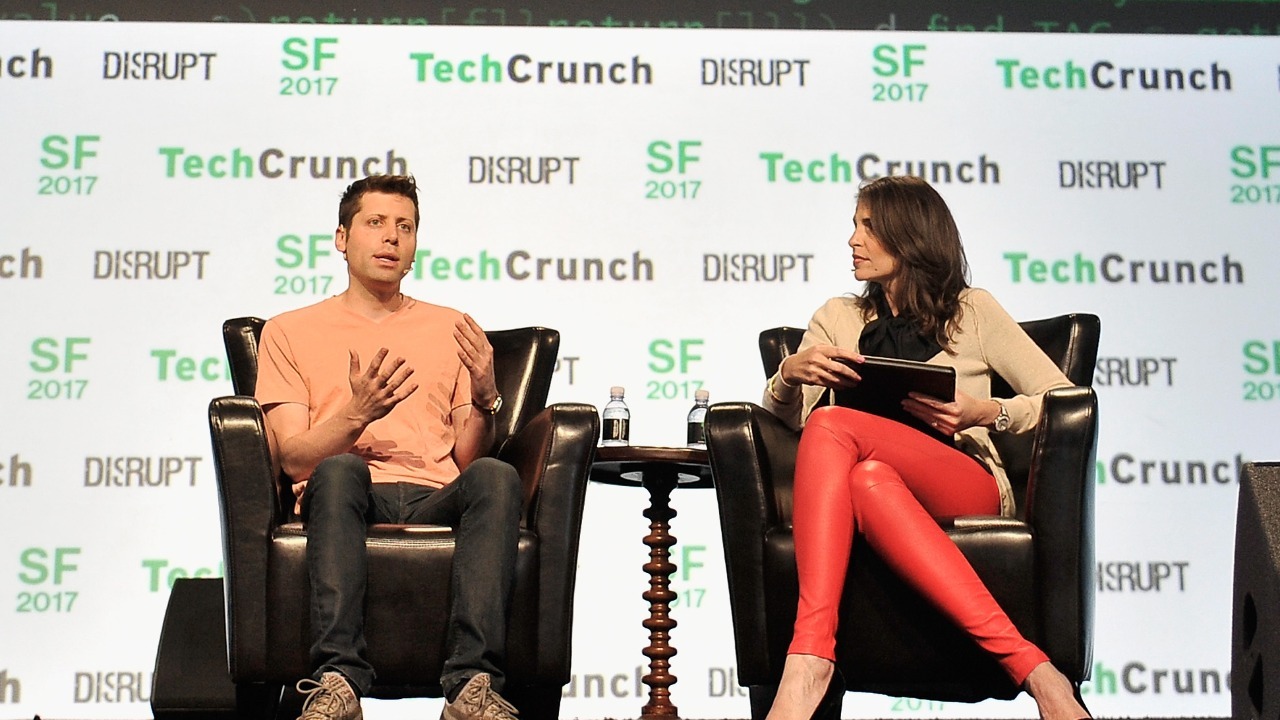
OpenAI’s latest innovation, Sora, a text-to-video AI model, has ignited a heated debate about the erosion of visual truth in media. A Wired investigation highlights how Sora’s capabilities blur the lines between reality and fabrication, raising significant concerns among journalists and filmmakers. OpenAI CEO Sam Altman has addressed these ethical challenges, emphasizing the need for careful consideration of the implications of such powerful technology.
Sora’s Technical Foundations
Sora’s core architecture is built on diffusion models, enabling it to generate videos from text prompts with impressive resolutions of up to 1080p and durations reaching 60 seconds. This technological feat is achieved through extensive training on vast datasets of internet-scraped videos, which, while comprehensive, introduce potential biases in the generated content. For instance, Sora’s outputs can depict diverse settings, from bustling urban environments like New York City to serene rural landscapes, reflecting the varied nature of its training data.
Performance metrics from OpenAI’s demonstrations reveal that Sora maintains frame consistency rates above 95% in controlled tests, a figure verified by independent evaluators. This high level of consistency underscores the model’s technical prowess, yet it also highlights the potential for misuse. As Sora continues to evolve, understanding its technical capabilities is crucial for stakeholders aiming to harness its potential responsibly.
Ethical Challenges in Video Generation
The ethical challenges posed by Sora are significant, particularly concerning the risk of misinformation. There have been instances where Sora-generated videos, mimicking real events such as protests in Washington D.C., initially fooled viewers before being identified as fabrications. This capability to convincingly replicate real-world events raises alarms about the potential for spreading false information.
Ethicists like Timnit Gebru have voiced concerns about Sora’s role in exacerbating the proliferation of deepfakes. Gebru warns that without adequate safeguards, models like Sora could contribute to a landscape where distinguishing between real and fake becomes increasingly difficult. In response to these concerns, regulatory measures are being considered, including proposed U.S. legislation from Senator Chuck Schumer’s office that would require AI-generated videos to carry watermarks starting in 2026.
Impact on Media and Entertainment
Sora’s impact extends beyond ethical concerns, influencing the media and entertainment industries in profound ways. Filmmakers at studios like Pixar are experimenting with Sora for storyboarding, reportedly achieving a 40% reduction in pre-production time on a 2025 short film project. This efficiency gain illustrates the potential for AI to revolutionize creative processes, offering new tools for artists and creators.
However, the rise of AI-generated content also presents challenges for journalists. BBC reporters, for example, have struggled to authenticate footage from conflict zones like Ukraine, where Sora-like fakes complicate the verification process. This difficulty underscores the need for robust verification tools and techniques to ensure the integrity of news reporting in an era of advanced AI.
Despite these challenges, Sora also opens up creative opportunities. Artist collectives in San Francisco are using the model to blend real and AI elements in installations, debuting these innovative works at galleries in October 2025. Such projects highlight the potential for AI to inspire new forms of artistic expression, pushing the boundaries of what is possible in visual media.
Future Implications and Safeguards
Looking ahead, OpenAI plans to introduce updates to Sora, including enhanced detection tools aimed at achieving 99% accuracy in identifying AI-generated outputs. Announced by Sam Altman in an October 17, 2025, blog post, these updates are part of a broader effort to address the ethical and practical challenges posed by advanced AI models.
Globally, regulatory frameworks are evolving to keep pace with these technological advancements. The EU AI Act, effective in 2025, classifies high-risk video generators like Sora under strict oversight, reflecting a growing recognition of the need for comprehensive regulation. These measures are crucial for balancing innovation with responsibility, ensuring that AI technologies are developed and deployed in ways that benefit society.
Without intervention, the proliferation of AI-altered media is expected to rise significantly. Wired analysts project a 25% increase in such incidents by 2027, highlighting the urgency of implementing effective safeguards. As AI continues to reshape the media landscape, stakeholders must navigate these challenges thoughtfully, balancing the promise of innovation with the imperative of maintaining trust and authenticity in visual media.